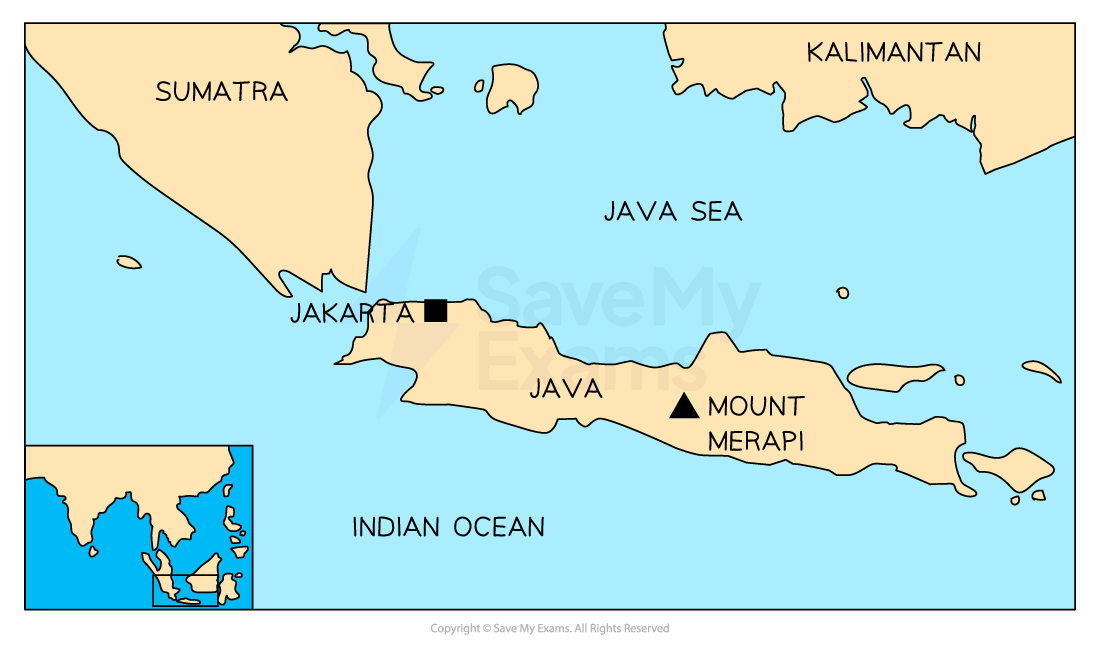Primary & Secondary Impacts of Eruptions
- Primary impacts are the immediate effects of the hazard such as injuries and deaths, and damage to property and infrastructure
- Secondary impacts are the longer-term effects of the hazard such as economic losses, social and psychological consequences
Examples of Impacts of Volcanic Hazards
|
|
Primary impacts |
Secondary impacts |
|
Social |
Deaths and injuries Displacement of people Damage to properties and infrastructure causing disruption to people’s lives
|
Mental health issues e.g. stress, anxiety, depression Homelessness Disruption to services such as healthcare and education Loss of cultural heritage sites |
|
Economic |
Destruction of property and infrastructure leading to significant costs for repair and reconstruction Disruption of trade and economic activity Loss of income and employment Costs of immediate responses e.g. food aid, temporary shelter, medical treatment |
Slower economic growth and development Increased economic inequality as impacts are more severe for most vulnerable people Increased costs of insurance and hazard management strategies |
|
Environmental |
Poor air and water quality Loss of biodiversity Destruction of habitats and ecosystems
|
Acid rain can damage ecosystems Release of greenhouse gases can lead to a rise in global temperatures Ash clouds can lead to a fall in global temperatures due to solar energy being reflected back into space |
|
Political |
Pressure on governments to co-ordinate emergency response Social unrest and political instability |
Conflicts over government response and food shortage Changes in government policy and regulations to reduce future risk |
Case Study - Mount Merapi, Indonesia
- Name - Mount Merapi
- Location - Java, Indonesia
- Date - 25th October -30th November 2010
- Magnitude - VEI 4
- Plate boundary - Destructive plate boundary where the Indo-Australian plate is subducting below the Eurasian plate
- Type of volcano - Stratovolcano or composite

Location of Mount Merapi
Impacts of the 2010 Eruption of Mount Merapi, Indonesia
|
|
Primary impacts |
Secondary impacts |
|
Social |
|
|
|
Economic |
|
|
|
Environmental |
|
|
|
Political |
|
|


